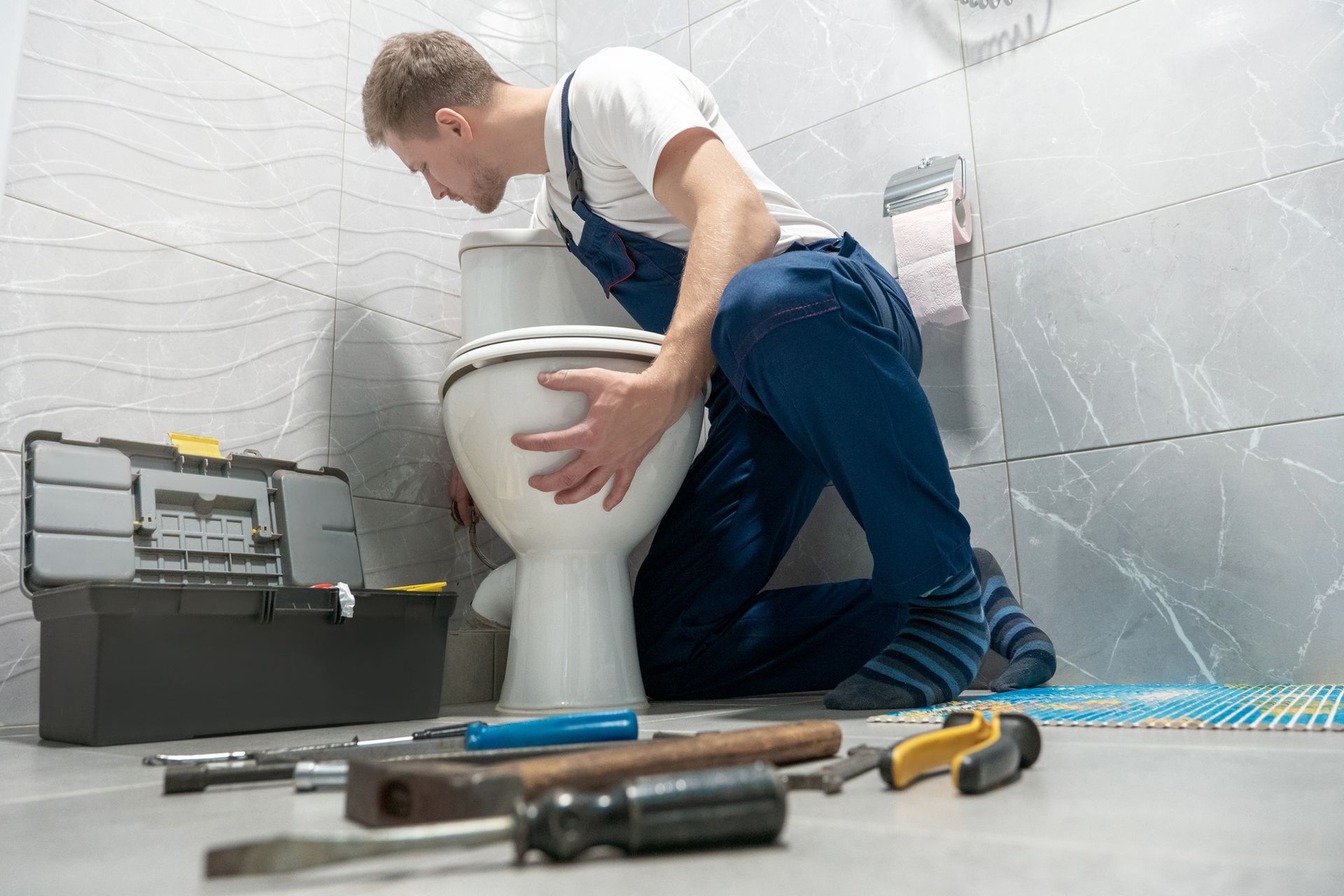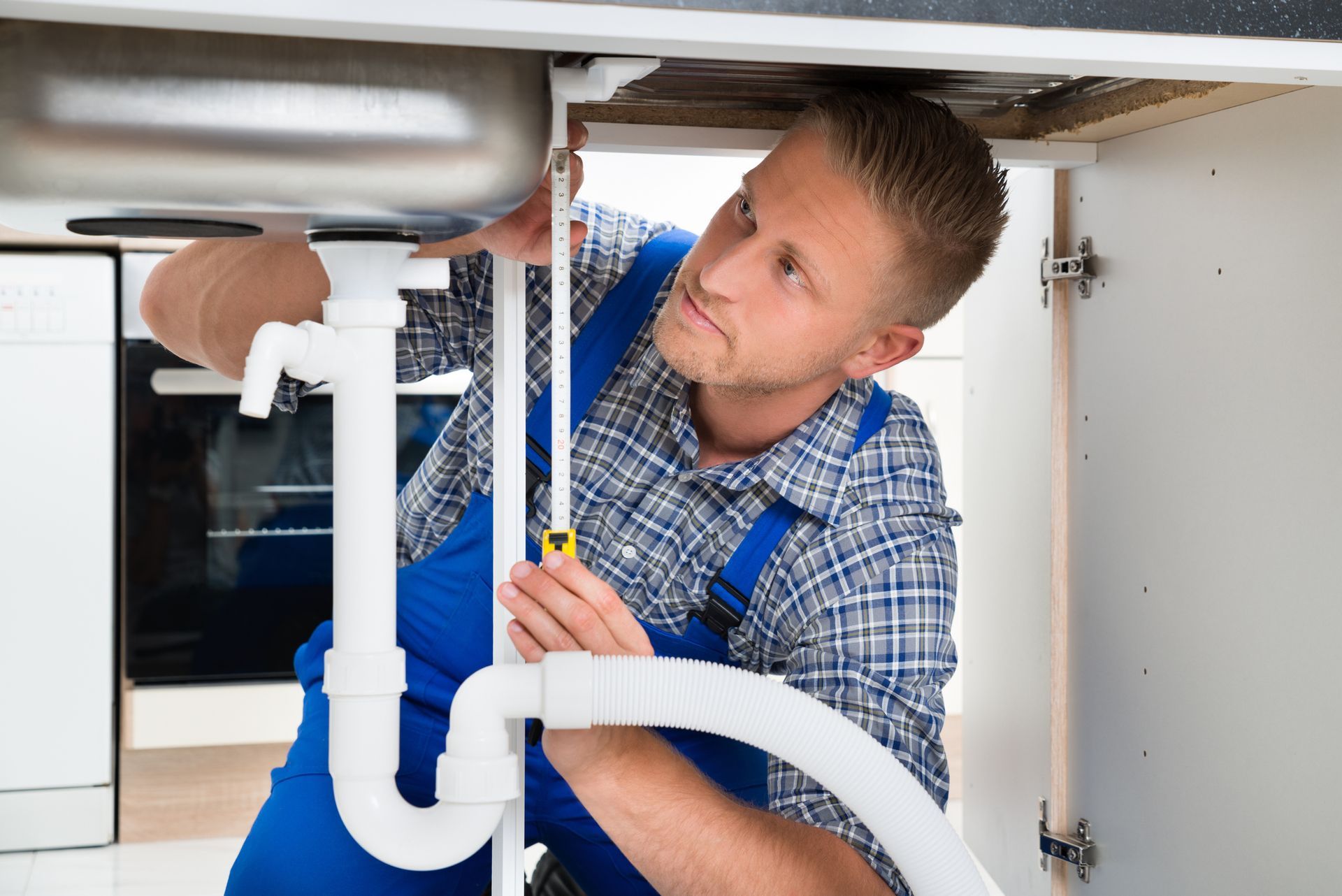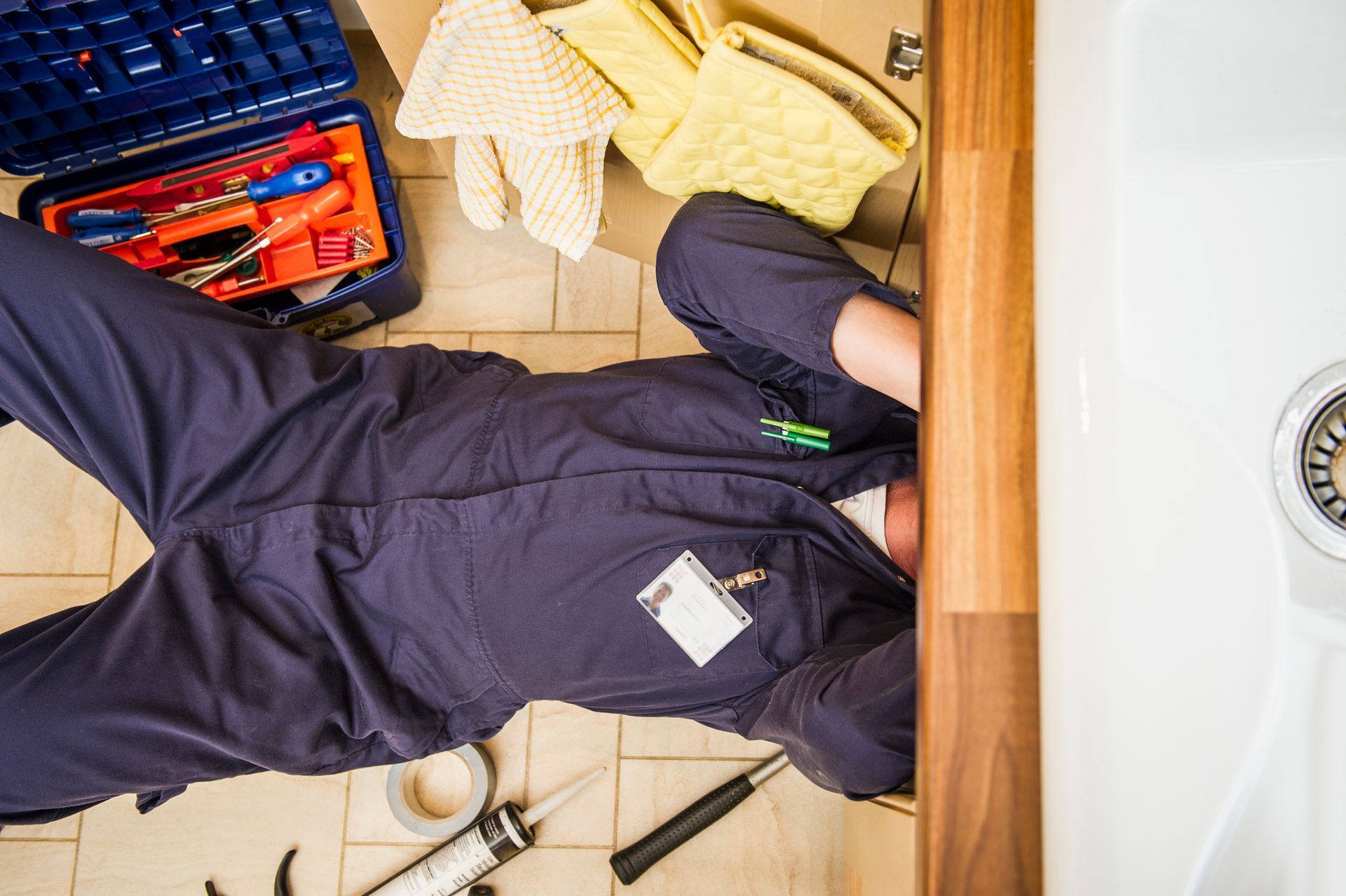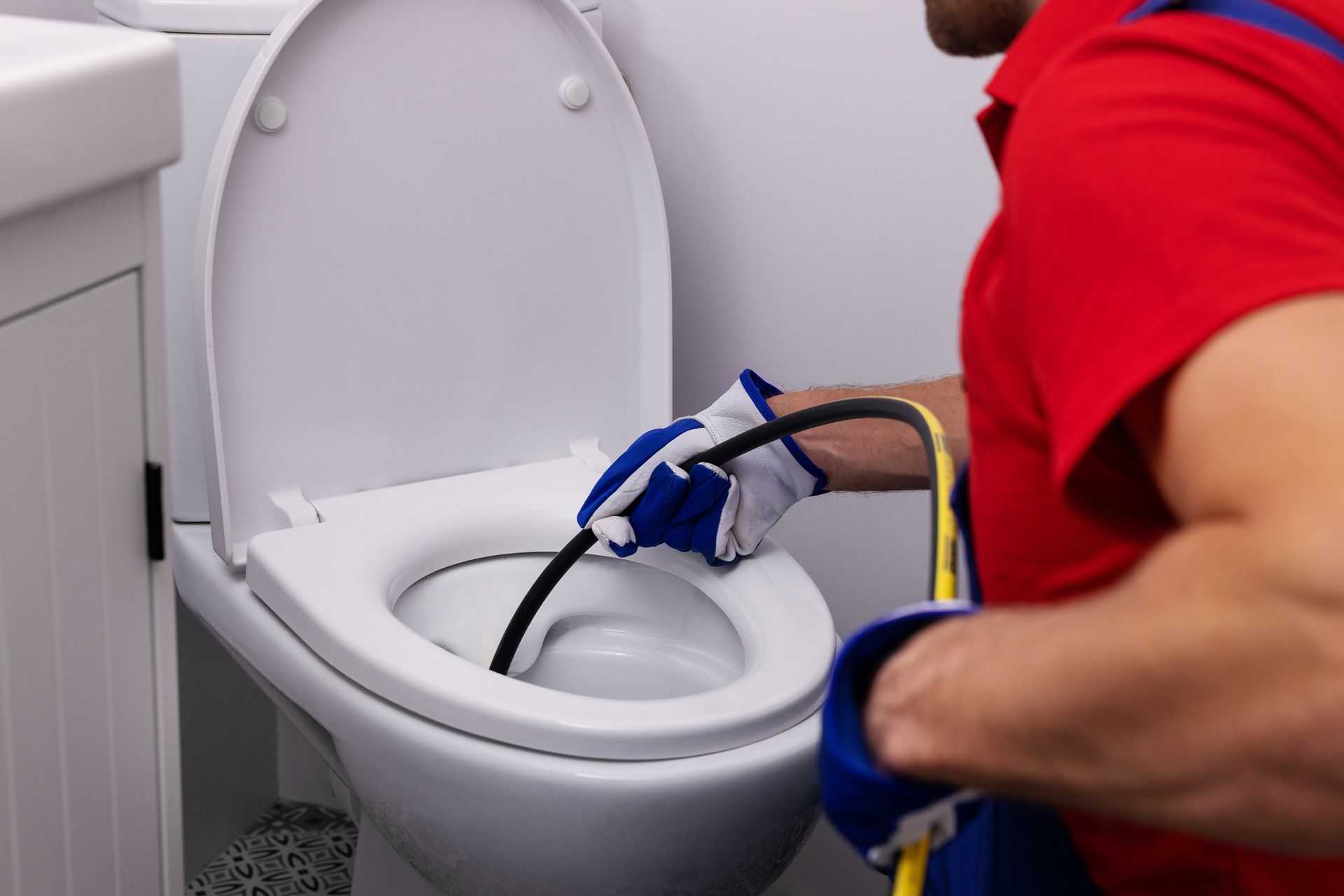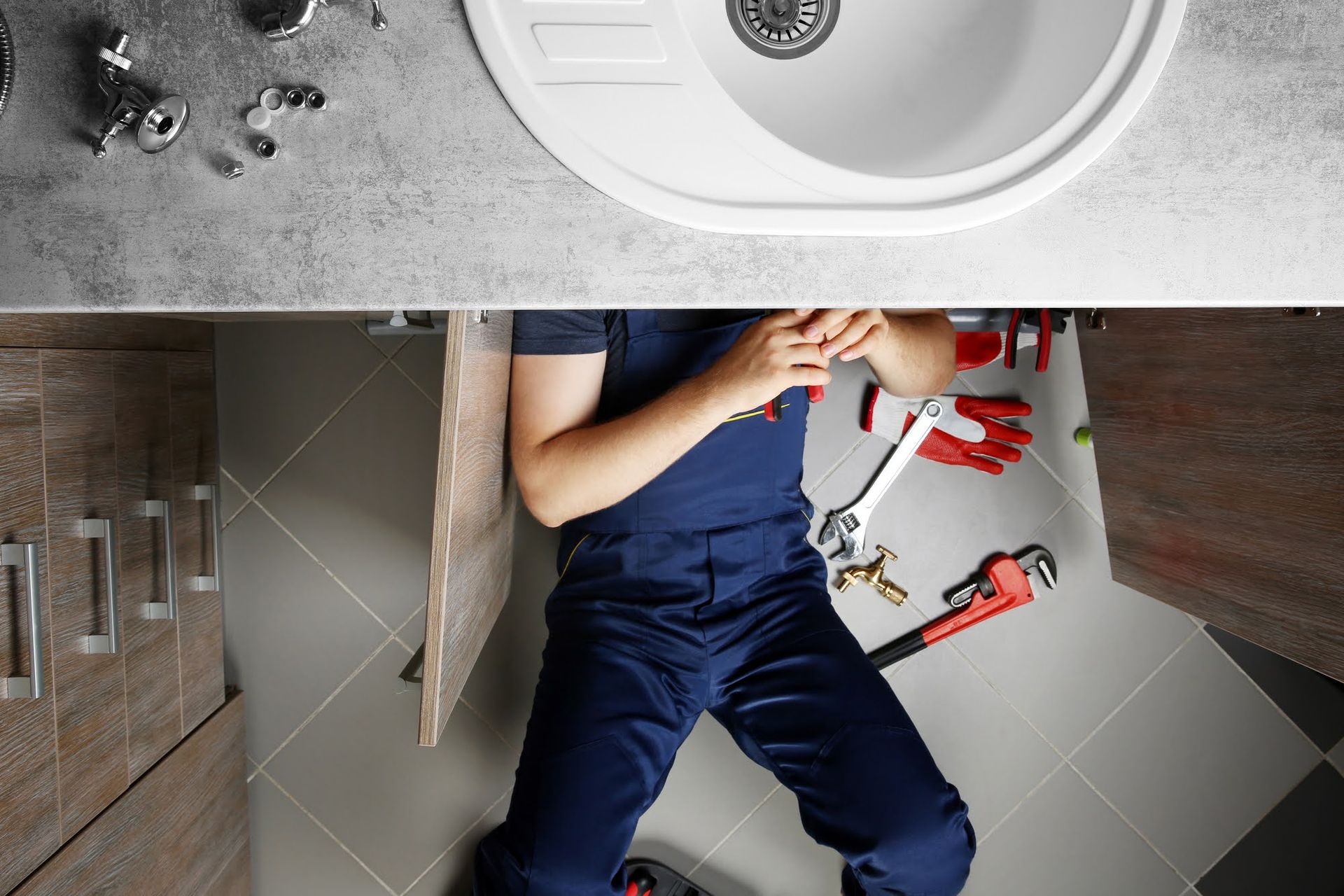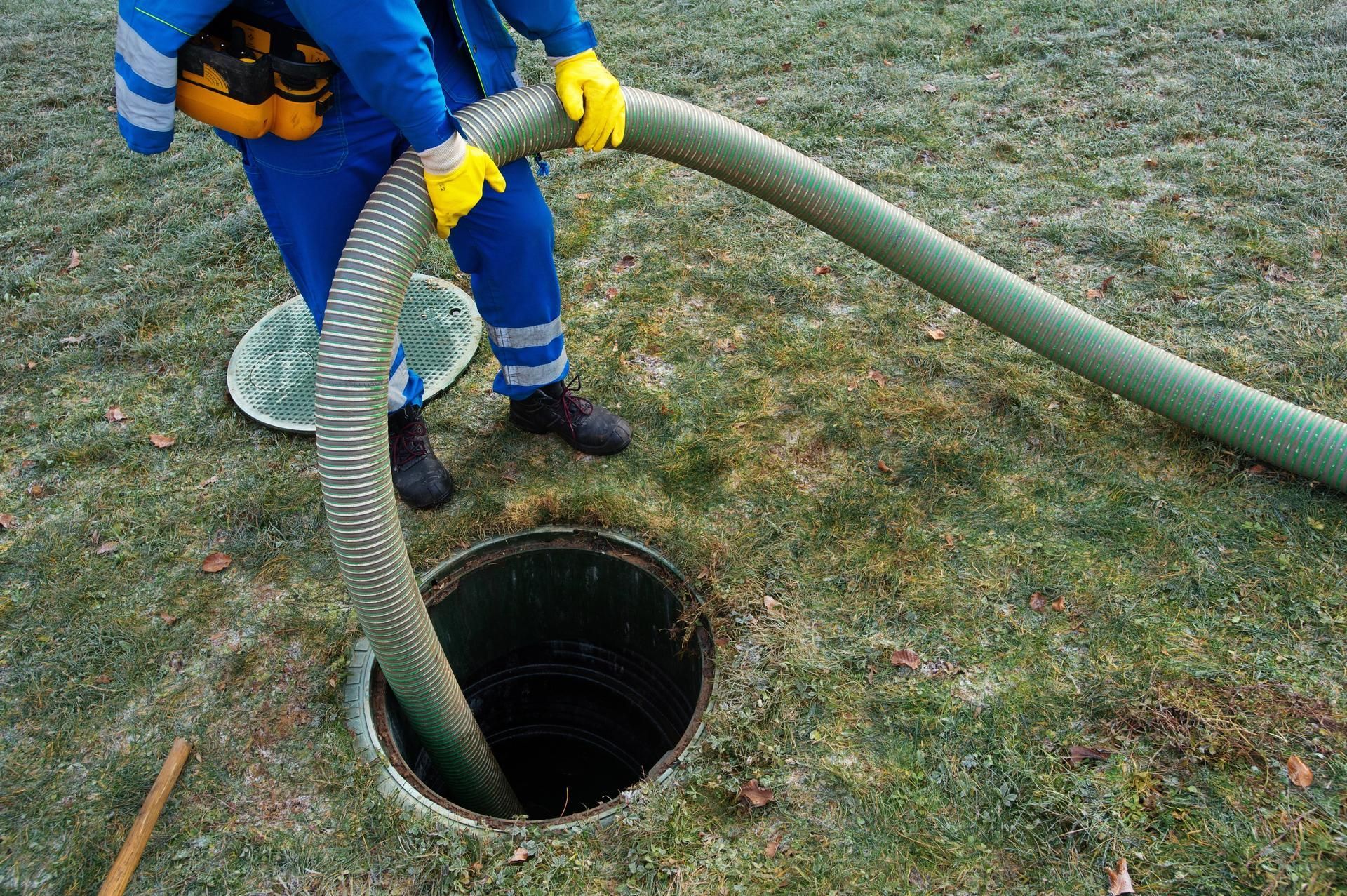A Guide to Different Parts of Your Toilet and Knowing When To Repair or Replace

As a homeowner, be familiar with the different parts of your toilet so that you can easily identify when repairs or replacements are needed. Understanding the components of your toilet can help you save time and money by knowing when a simple fix is required or when you should call a plumber. In this blog post, explore the different parts of a toilet.
Fill Valve
The fill valve is crucial in replenishing the toilet tank with water after every flush. If you observe any issues like improper filling or continuous water flow, this could indicate a need for repair or replacement of the fill valve. A toilet tank that overflows not only wastes a substantial amount of water but also results in inflated utility bills. Therefore, promptly address this concern to avoid such consequences.
Flush Valve
The flush valve is the mechanism that allows water to flow from the toilet tank into the bowl when you flush. If you flush the toilet and the water doesn't drain or you notice a weak flush, this could be a sign that the flush valve needs attention. A faulty flush valve can result in inconsistent flushing, which can be frustrating and inconvenient for you and your household.
Flapper
The flapper, a rubber seal, sits at the bottom of the toilet tank and acts as a barrier between the tank and the bowl. It is lifted when you flush to allow water to flow into the bowl. If you hear a constant trickling sound in your toilet, it may indicate a problem with the flapper. The flapper can wear out or become misaligned, causing water and wastewater to leak into the bowl.
Handle and Trip Lever
The handle and trip lever are essential components responsible for initiating the flushing process. If you encounter a loose handle or one that fails to return to its original position after flushing, this indicates that adjustment or replacement might be necessary.
A malfunctioning handle not only makes it challenging to flush the toilet effectively but also leads to repeated attempts to achieve the desired flushing outcome, which can be frustrating and time-consuming. Taking prompt action to address this issue will ensure smooth and hassle-free toilet usage.
Wax Ring
The wax ring, a small yet crucial component, acts as a secure seal between the base of the toilet and the sewer pipe. Its primary function is to establish a watertight connection, effectively preventing potential leaks.
If you observe water pooling around the base of your toilet or detect an unpleasant odor emanating from the area, the wax ring may likely be faulty and require prompt replacement. Don't ignore this issue, as failure to address it can result in more significant water damage and even pose potential health hazards to you and your surroundings. Taking immediate action to rectify the problem will ensure the longevity and proper functioning of your toilet system.
Professional Help
Knowing the different parts of your toilet and being aware of their functions can help you identify when repairs or replacements are necessary. However, remember that many toilet repairs can be complex and require the expertise of a professional plumber. If you're experiencing recurring issues with your toilet, contact a qualified plumber who can assess the situation and provide the right solution.
Regular maintenance and timely repairs are essential for ensuring the proper functioning of your toilet and preventing costly water damage. By staying informed and addressing toilet issues promptly, you can maintain a properly functioning and efficient plumbing system in your home.
Learn more about how your toilet works and how to maintain it by contacting us
atMichigan Plumbing.

